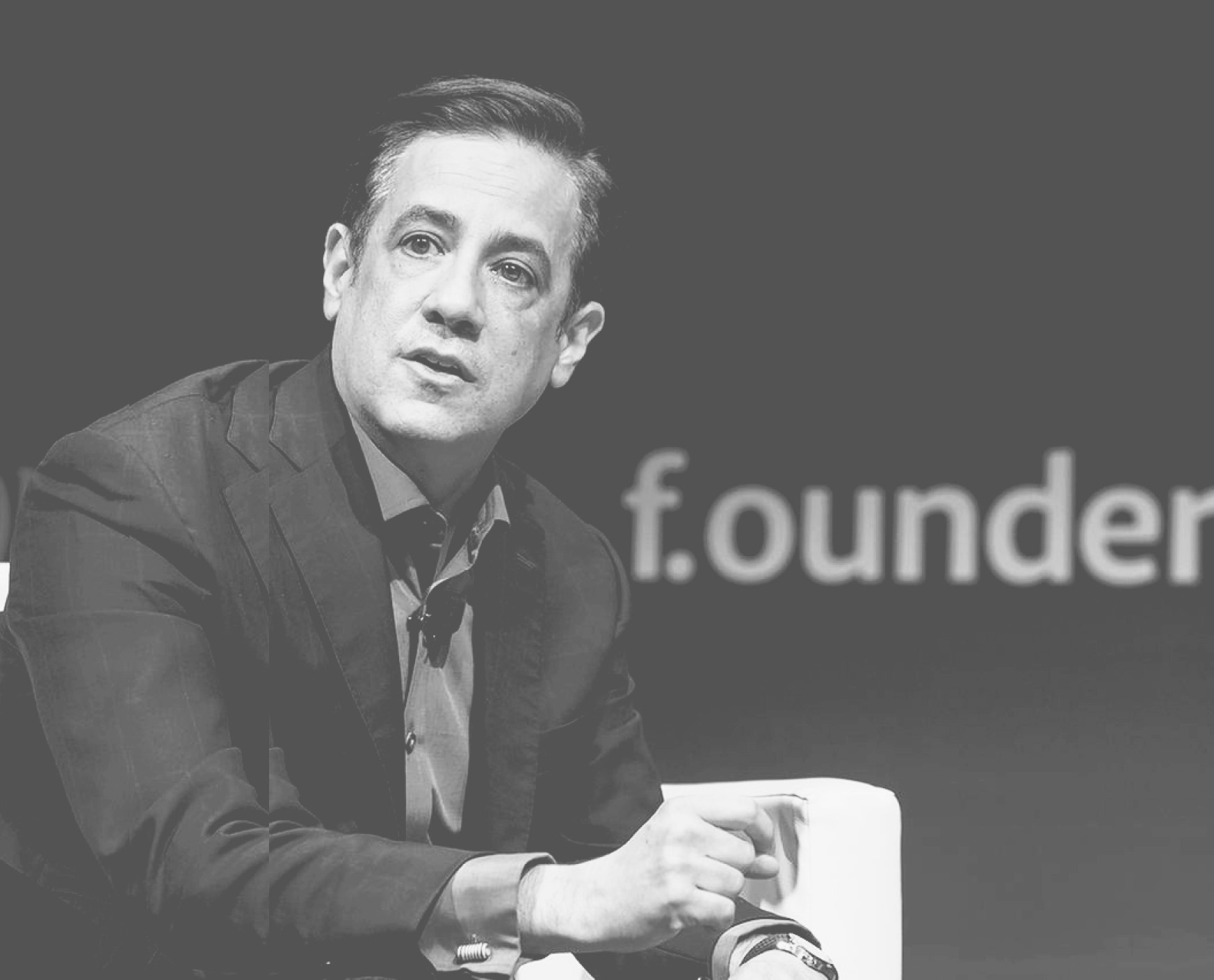Romit Dey, Principal at PwC Consulting, summarizes “fake SaaS” as “basically taking a product or service and applying a pricing model to it which charges per user per month.” Fake SaaS opens a door to seeing what the demand is for a SaaS model, but it’s only a transitional phase — not a long-term solution. F5’s journey from hardware to software licensing to SaaS included a brief foray into “fake SaaS” themselves and provides an excellent use case for how to make the shift from a perpetually licensed product to subscriptions. But let’s start at the beginning.
F5 is in the business of connections.
As a pioneer in the field of application delivery controllers, the company has been at the forefront of managing connections between web traffic and servers. And while their network capabilities expanded over the years from traffic management to security and performance, their business model was a bit slower to catch up. As late as 2017, the majority of their products were still sold as hardware or via software licensing. But a number of developments were pushing the company toward change. For large enterprises like F5, the benefits of the subscription model are well known: flexibility and scalability, lower upfront costs and predictable budgeting, the ability to rapidly launch new features and product bundles, and the agility associated with a cloud-based IT environment. But perhaps most important, it was what their customers were demanding. “The writing was clearly on the wall,” says Charles Chen, Principal Product Manager at F5. “Based on our customers’ buying behaviors and where the market was headed, we knew we needed to shift to a subscription business model to secure future growth. We saw that subscriptions would drive customer stickiness and give us better visibility into product usage which would enable us to upsell and grow. Not to mention the advantages of recurring revenue!”
“Based on our customers’ buying behaviors and where the market was headed, we knew we needed to shift to a subscription business model to secure future growth.”
— Charles Chen, Principal Product Manager at F5
F5’s very clear company strategy to move to software subscription ensured alignment throughout the organization, from the top down.
And the push was external as well as internal: sales was incentivized to push customers toward subscriptions. Having support from the top for a company-wide strategy provided a huge motivation for making the transition work. But as is often the case, the devil was in the details. “When we first launched subscriptions for our perpetual license products, it was actually kind of a disaster,” explains Chen. “The reason was that our product model was still based on licenses billed as one-time transactions via SKUs. We had a one-year SKU, a three-year SKU, et cetera.” Essentially, the company was “faking” the subscription model. By selling time periods as SKUs, it looked as though customers were buying subscriptions. But SKUs have none of the characteristics of an actual subscription, which can be amended, upsold, or have flexible terms, just to name a few possibilities. “We couldn’t track when a sub started or ended,” says Chen. “And no one could track renewal rates.”
“When we first launched subscriptions for our perpetual license products, it was actually kind of a disaster, because our product model was still based on licenses billed as one-time transactions via SKUs. ”
— Charles Chen, Principal Product Manager at F5
Perhaps if F5 had been a company with a very small product portfolio, they might have been able to get away with painstakingly tracking single-transaction SKUs using spreadsheets.
But F5 had a broad set of offerings for networking, security, and performance enhancement. Not to mention the fact that they were pursuing an aggressive acquisition strategy that would lead them to acquire web server giant NGINX and security leader Shape within the next few years. “One of the biggest challenges we had was how to deliver individual components from a huge catalogue to a very diverse set of customers in seamless packages,” says Chen. “There are literally hundreds of millions of websites going through either F5 or NGINX.”
F5 had a one-transaction mindset, and that needed to change. The fastest way to a new mindset — and a real subscription offering — was a new subscription management platform that helped F5 with:
- Agile Monetization. So F5 could price and package for individual customers within minutes across all channels, including one time, recurring, and usage-based pricing — without needing to create a new SKU every time. This included the capability to generate discounts and promotions with set dates and time limits.
- Automated Rating and Billing. Automated billing to solve for F5’s renewal problems. Customer usage events could be rated against product price plans to determine invoice charges. And all that usage data could also be used to validate, enrich, standardize, transform, and aggregate contracts.
- Subscription Order Management. Subscription management empowered the sales team to pursue the subscription strategy to the fullest. That’s because the new system could capture orders and changes across the entire subscriber lifecycle, so sales only had to enter the order once and customer orders could be ingested from any sales channel.
These new changes allowed F5 to transition the majority of their existing licensed software business to subscriptions within two years. And gave them the ability to integrate new acquisitions like NGINX that were already using a subscription model. What’s next for F5? Adaptive applications that adjust to the needs of customers. Now that F5 has the foundation it needs to support subscription models, the doors are open for F5 to pursue this next strategic initiative, and the next, and the next — offering the kinds of services and products that AI is driving and customers are demanding.



